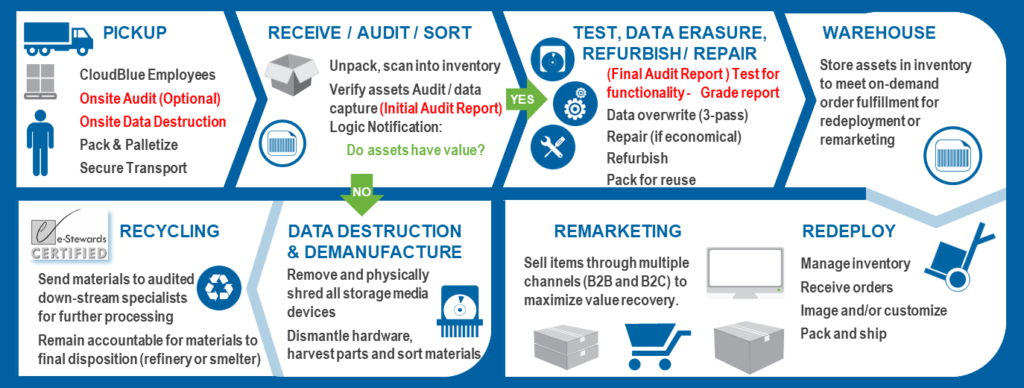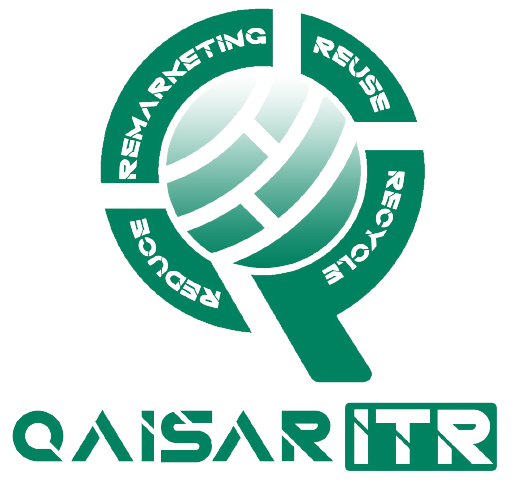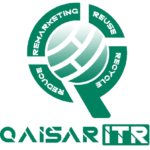Asset Management Model
Please fill this form
Optimising Asset Management for Business Success
Introduction
In the dynamic landscape of today’s business world, organisations across various industries grapple with the challenge of effective asset management. A pivotal strategy for optimising resources, cutting costs, and maximising returns is the asset management model. In this article, we delve into the crucial components of a successful asset management framework, providing valuable insights to enhance your asset management procedures.
Understanding Asset Management
What is Asset Management?
Asset management involves the systematic process of continuously monitoring, maintaining, and optimising an organisation’s assets. This strategic alignment of asset utilisation with corporate goals is essential for optimal performance and risk reduction.
Advantages of a Successful Asset Management Model
-
Enhanced Operational Efficiency:
-
Organisations can reduce downtime and boost productivity by optimising asset utilisation and maintenance operations.
-
Cost Savings:
-
Efficient asset management minimises costs through optimised maintenance schedules and avoiding unnecessary asset purchases.
-
Compliance and Risk Reduction:
-
Effective asset management ensures compliance with regulations, reducing the likelihood of breakdowns or safety violations.
-
Improved Decision-Making:
-
Accurate data and insights from an efficient asset management model facilitate well-informed decisions regarding asset acquisition, maintenance, and replacement.
Key Elements of an Asset Management Model
1. Asset Classification and Inventory
Begin by creating a comprehensive inventory of all company assets, sorting them based on type, importance, condition, and other relevant characteristics. This classification aids in resource allocation and prioritisation for asset management initiatives.
2. Asset Lifecycle Management
Establish a well-organised framework to manage assets throughout their lifecycle, covering phases from preparation and acquisition to maintenance and disposal. Specific tactics at each stage maximise asset performance, minimise downtime, and ensure cost-effectiveness.
3. Asset Upkeep Techniques
Utilise preventive and predictive maintenance techniques to extend asset lifespan, reduce breakdowns, and save on repair costs. Conduct routine inspections, schedule maintenance, and leverage data-driven analytics for proactive issue detection.
4. Performance Tracking and Asset Tracking
Utilise technological tools such as asset tracking systems and IoT sensors to measure asset use, performance, and health. Real-time data enables organisations to monitor key performance metrics and identify optimization opportunities.
5. Risk Evaluation and Reduction
Conduct routine risk assessments to identify vulnerabilities, security threats, and compliance gaps. Implement risk mitigation tactics, including insurance coverage, asset security measures, and disaster recovery plans.
Implementing an Asset Management Model
1. Creating Clearly Stated Objectives and Goals
Align the aims of your asset management model with the strategic priorities of your company. Establish key performance indicators (KPIs) to track progress and assess effectiveness.
2. Determining Responsibilities and Resources
Assign specialised personnel and tasks to efficiently handle asset-related operations. Form a cross-functional asset management team, designate asset owners, and ensure staff members are adequately trained.
3. Choosing Technological Options
Invest in proper asset management software, tracking systems, and data analytics tools. Select programs that integrate seamlessly with existing systems and provide valuable information for informed decision-making.
4. Ongoing Development and Improvement
Continuously evaluate the effectiveness of your asset management plan, identifying areas for improvement. Stay ahead in the evolving asset management landscape by continually refining processes, updating maintenance approaches, and embracing emerging technologies.
Adding Value through Asset Management Companies in Dubai
To increase the value of assets at the conclusion of a lease, large leasing institutions and original equipment manufacturers (OEMs) use Dubai asset management companies (AMs). To secure desirable returns, the lessor inserts an implied residual value (RV) in the rental calculations when leasing IT equipment to enterprises. Consequently, it is crucial for AMs to obtain these RVs after the equipment is released.
For organizations to maximize asset performance, cut costs, and reduce risks, an efficient asset management model must be implemented. By comprehending the essential components
For organizations to maximize asset performance, cut costs, and reduce risks, an efficient asset management model must be implemented. By comprehending the essential components


